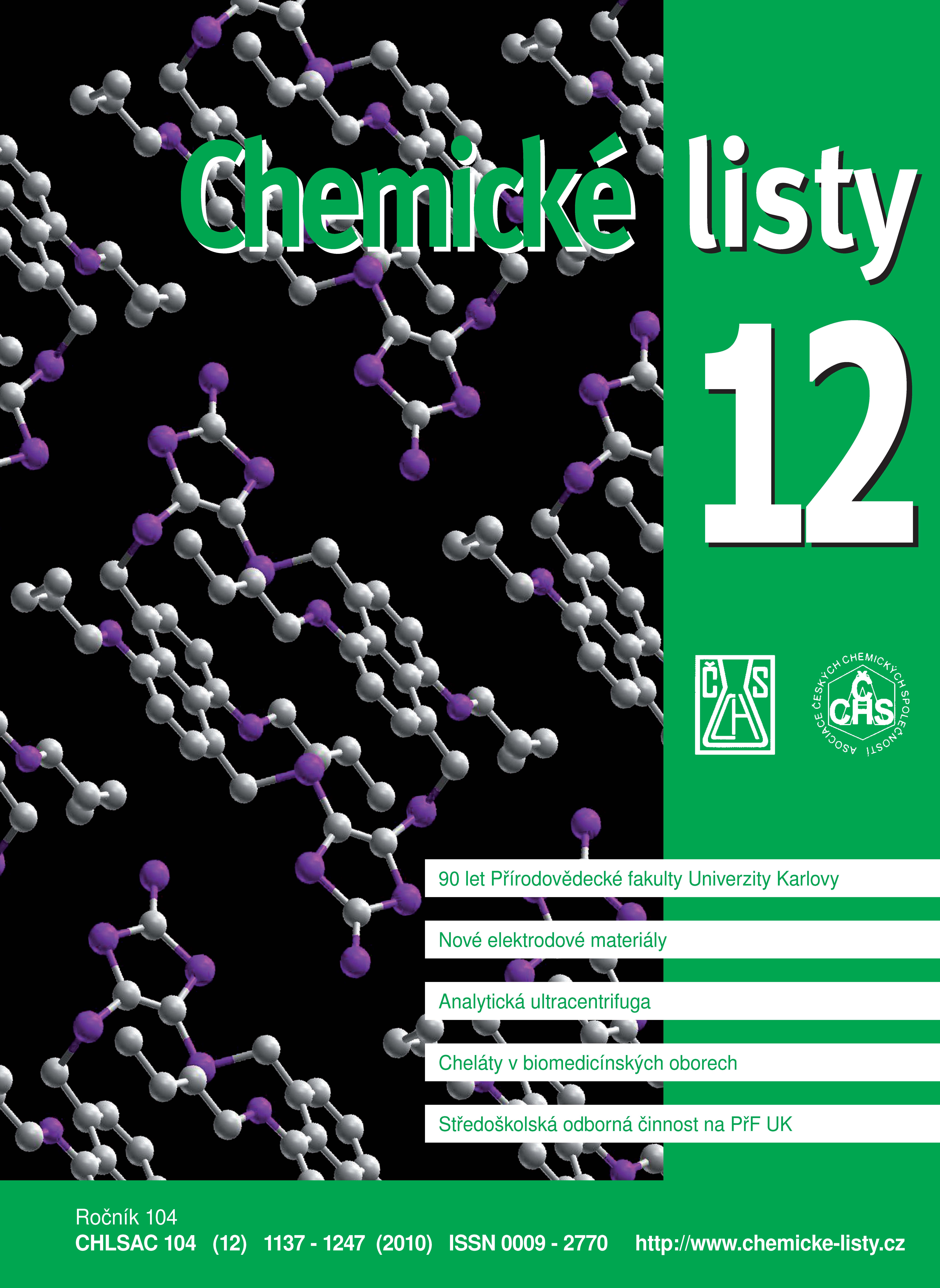The Beauty and Usefulness of Novel Electrode Materials
Abstrakt
Different types of silver amalgam electrodes and boron doped diamond film electrodes have been introduced as modern and promising replacements for traditional mercury and glassy carbon electrodes. Advantages and possibilities of these novel electrode materials were highlighted and demonstrated at a number of sensitive voltammetric and amperometric (HPLC, flow injection analysis) methods developed in our UNESCO Laboratory of Environmental Electrochemistry in the last five years. The determined analytes were hazardous organic chemical carcinogens and genotoxic environmental pollutants, pesticides, antitumor, antibiotic and antivirotic drugs, and explosives containing electrochemically reducible (such as nitro, nitroso, azido, and oxo groups) and/or oxidizable groups (such as amino and hydroxy groups).Stahování
Publikováno
15.01.2011
Jak citovat
Vyskočil, V., Daňhel, A., Fischer, J., Novotný, V., Deýlová, D., Musilová-Karaová, J., Maixnerová, L., Pecková, K., & Barek, J. (2011). The Beauty and Usefulness of Novel Electrode Materials. Chemické Listy, 104(12). Získáno z http://chemicke-listy.cz/ojs3/index.php/chemicke-listy/article/view/1210
Číslo
Sekce
Články





